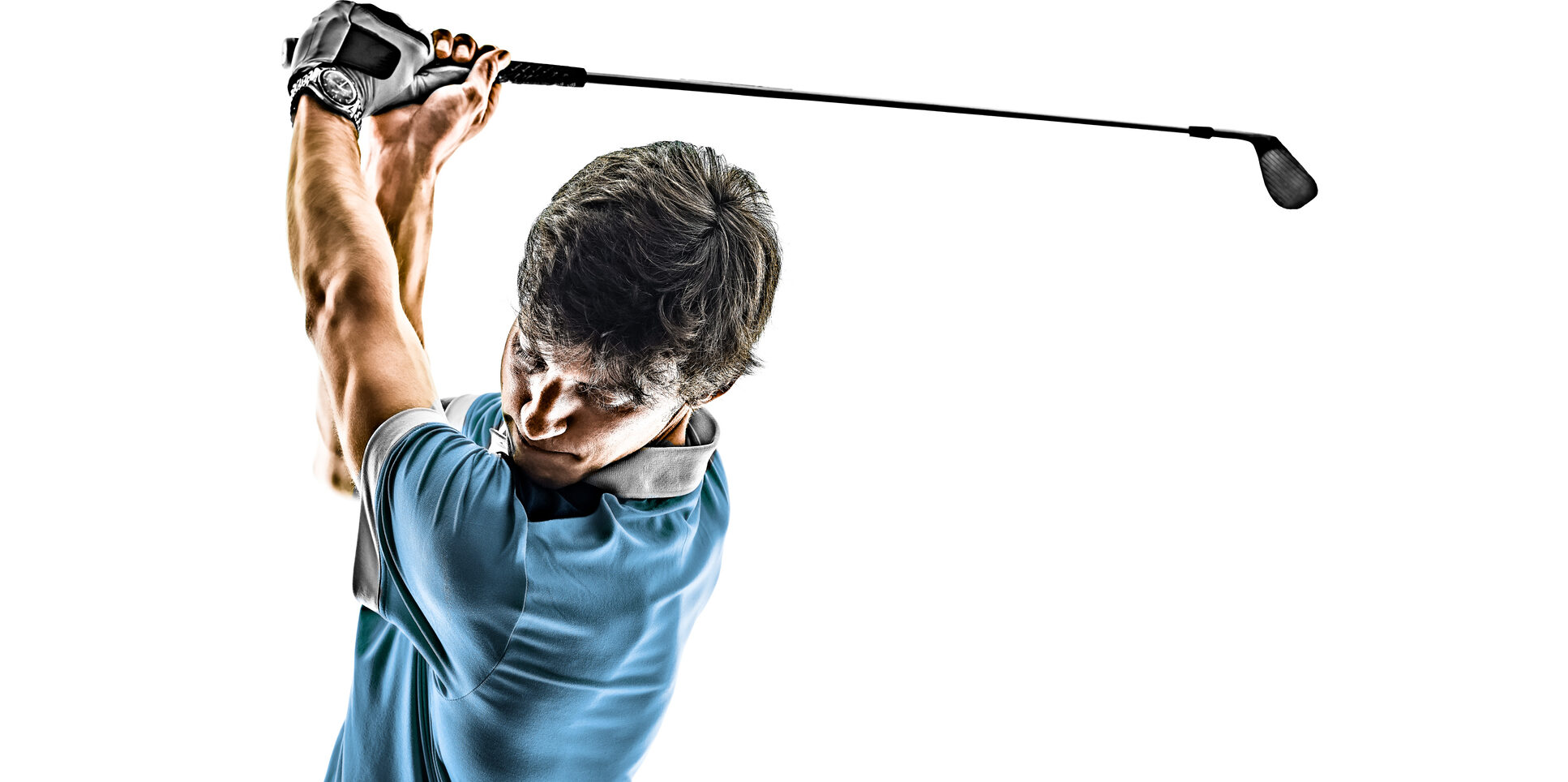
Medial epicondylitis, also known as golfer’s or thrower’s elbow, is an overuse injury of the tendons located on the inside aspect of the forearm. This condition is characterized by inflammation and pain associated with repetitive use of the elbow, wrist and hand. It commonly occurs in those who perform repetitive motions such as swinging a golf club or tennis racket, or activities requiring gripping, twisting or throwing. Some people may also experience it with an abnormal amount of yardwork or activity such as painting over the course of a few days. The most common symptoms are pain along the inside of the forearm with hand, elbow, wrist activity; numbness or tingling along the forearm with gripping or squeezing movements; tenderness to touch and swelling; weakness in the hand/forearm and elbow stiffness. The sooner you identify the problem and begin resting it, the sooner you’ll be able to return to your usual activities. Rest means truly keeping the wrist, hand and forearm as inactive as possible. Stay away from the repetitive activities that have contributed to this injury. Ice it regularly for 15-20 minutes, 2-3 times per day for the first week to address the inflammation. Also, consider utilizing a counter force brace to assist in reducing tendon and muscle strain.
Once you have rested it for about 10 days, and if it’s feeling better, it’s time to start a gentle stretching and strengthening program. This is also an opportune time to see a physical therapist who can help guide and direct your care. Considerations to the activity and mechanics that precipitated the injury should be made. A physical therapist can give you instruction on proper mechanics and technique that can help prevent another exacerbation. Moving forward, the key is prevention because this is an overuse injury that quickly becomes chronic and painful. Consistently performing stretches before starting and after finishing the activity, focusing on good form and proper lifting and using the appropriate equipment are all examples of preventative care. Most importantly, listen to your body; if it hurts, take a break.
